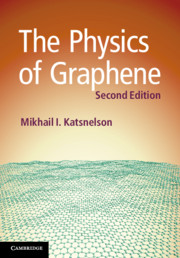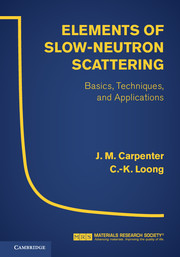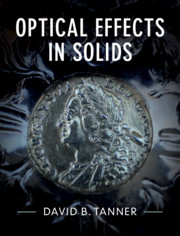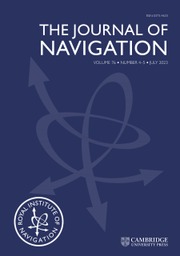Full Quantum Effects in Condensed Matter Physics
As physical science advances, theoretical simulations become increasingly reflective of realistic systems, and experimental observations become more precise and refined. Thus, going beyond the Born–Oppenheimer approximation is inevitable. This book bases its discussion of condensed matter physics on the Schrödinger equation, considering both nuclear and electronic degrees of freedom. Particular attention is given to two types of phenomena: those, such as nuclear quantum effects, for which the Born–Oppenheimer approximation, although applicable in principle, is progressively weakened in practice, and those that cannot be applied at all, such as phenomena exhibiting non-adiabatic effects. In practical systems, the full quantum nature of condensed matter, as emphasized in this book, cannot be overlooked when performing accurate simulations or measurements of material properties. This book offers state-of-the-art quantum theoretical and experimental methods, valuable for undergraduates, graduates, researchers, and industry professionals in fields such as physics, chemistry, materials science, energy, and environmental science.
- Demonstrates how nuclear quantum effects and non-adiabatic effects can have detrimental consequences for the description of certain physical properties in the context of condensed-matter computational physics, which has so far often ignored these consequences
- Describes both theoretical and experimental research methods
- Suggests the application of the included research methods to other fields, such as energy and environmental science
Product details
November 2025Hardback
9781009563918
650 pages
244 × 170 mm
Not yet published - available from November 2025
Table of Contents
- Preface
- 1. Overview of full quantum effects in condensed matter
- 2. Full quantum effects in condensed matter physics
- 3. Full quantum effects in chemistry
- 4. Basic theory: electronic structure
- 5. Theory for full quantum effects
- 6. Experiments for full quantum effects
- 7. Typical full-quantum-effect system: hydrogen
- 8. Typical full-quantum-effect systems: other elements
- 9. Full quantum effects in energy applications
- 10. Full quantum effects in environmental applications
- 11. Full Quantum effects in device applications
- Appendix A
- Appendix B
- References
- Index.







